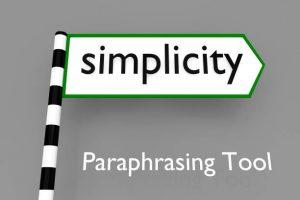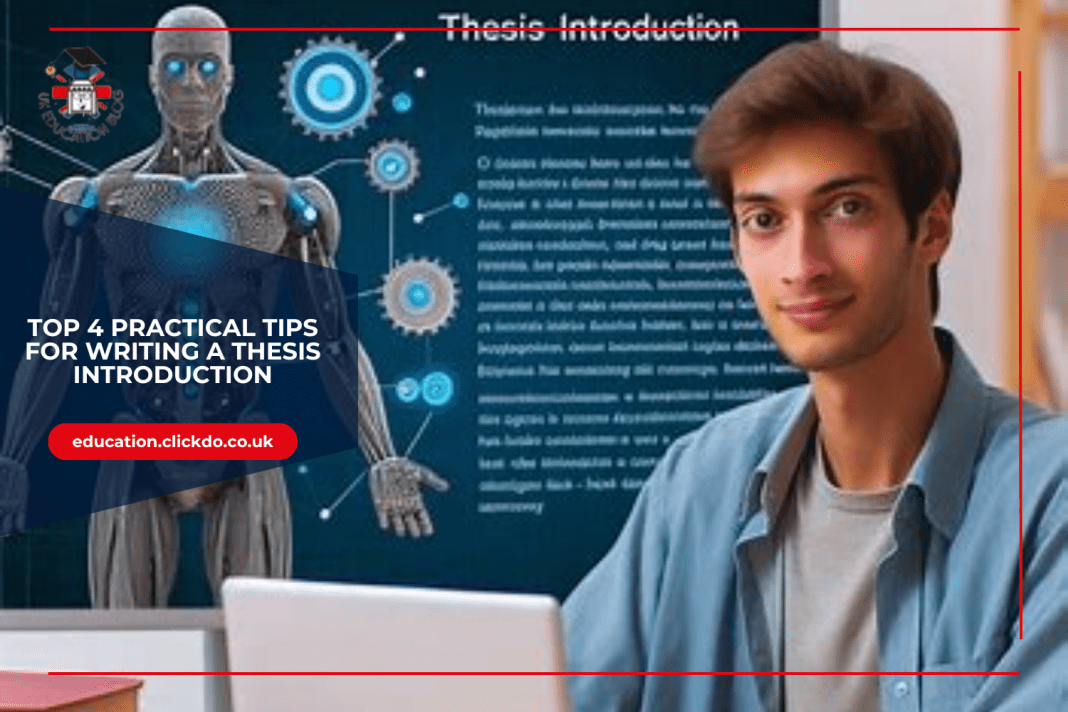An introduction to a thesis is the first connection you make with readers, so it is important that it is well-written to capture their attention and give them a clear idea of the subject of your dissertation.
It is therefore a good idea to prepare a rough draft of your intro as soon as you begin your research and keep on revising it throughout the writing process in order to ensure that it matches the concepts of your sections.
While there is no single way to write an intro that will always draw the readers’ attention, there are ways to improve the reviewing process by using an AI detector tool at your disposal to develop the outline, summarize the text, and paraphrase it.
Develop an outline

While an introduction often comes in the beginning of your thesis, it is often the last part one writes as it allows you to pin-point the important aspects of the research to the reader in a logical manner.
You can use AI tools to brainstorm the potential guidelines by beginning with a brief overview of all the subjects of your paper like the research question, including central arguments.
Keep in mind that this is only an outline, which you can either expand or modify at a later stage based on the sections and specific details you want to give to your thesis.
Briefly summarize your arguments

You may give a brief overview of the specific sections of your paper at the end of the intro by using AI to summarize and condense text and limit it only to important ideas.
To do this, copy and paste sections of your thesis into a tool like ChatGPT and prompt it to summarize the text. However, do not pass off AI-generated outputs as your content, as not only is it academically dishonest, but it can be easily detected by AI detectors as well.
Moreover, these outputs are not always trustworthy and can be inaccurate and should only be used to check if the result meets your requirements by accurately reflecting the original text.
Paraphrasing text

When writing the introduction, there will be times when you struggle to find fresh ways to describe the content of your thesis. Leverage AI as a paraphrasing tool to enhance academic integrity by rephrasing your work in clearer language, ensuring better communication of ideas, and avoiding repetition.
Also understand how to use AI-generated content safely, especially when inputting information as these outputs are often used as a part of future training data and can be reproduced in later responses.
Generate feedback

Once you have written the introduction, you can use the help of AI to generate feedback by pasting your introduction into the tool to prompt feedback on the specific points in your thesis concerning tone, structure, and clarity.
Ultimately, use a good AI detector to check whether your document, which was written using AI-generated content, detects AI on both the sentence and paragraph levels.
Author Profile

- Passionate content creator, contributor, freelance writer and content marketing allrounder.
Latest entries
 learningDecember 17, 2025How to make School Handouts more Accessible for all Learners
learningDecember 17, 2025How to make School Handouts more Accessible for all Learners DictionaryDecember 16, 2025UK Gen Z Christmas Gifting Trends 2025: Expensive Presents or Meaningful Learning Experiences?
DictionaryDecember 16, 2025UK Gen Z Christmas Gifting Trends 2025: Expensive Presents or Meaningful Learning Experiences? learningDecember 15, 2025Why Critical Thinking and Evaluation Skills Matter in Psychology Revision
learningDecember 15, 2025Why Critical Thinking and Evaluation Skills Matter in Psychology Revision learningDecember 3, 2025Common Symptoms of ADHD: What Educators Need to Know
learningDecember 3, 2025Common Symptoms of ADHD: What Educators Need to Know







